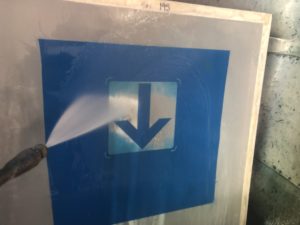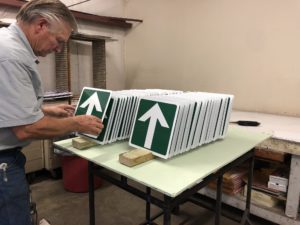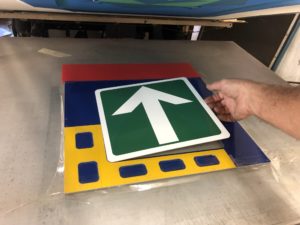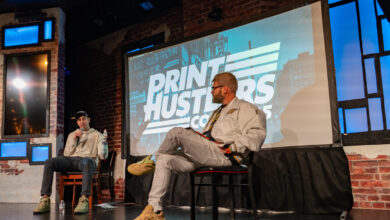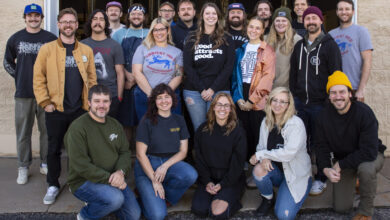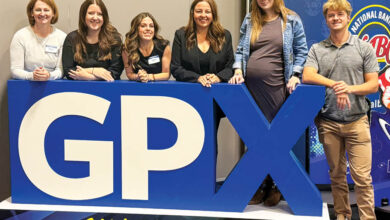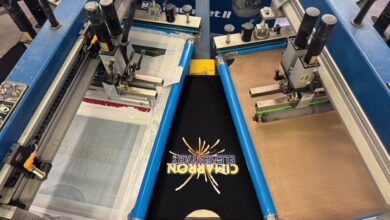
In this day and time, few modern commercial sign shops are doing in-house screen printing, but our little operation in Northeast Texas has always kept that capability. Even today there are projects that have no better method of producing basic spot color than screen printing.
Printing technology, of course, has come a long way since then, and digital printing has taken over a lot of what sign shops used to screen print, and that’s fine. But we still have a variety of jobs each month and each year that come through our shop that are still best done by screen printing.
Here are some simple but practical ways to do certain projects that are more efficient and more profitably done by sign shop screen printing:
Project #1
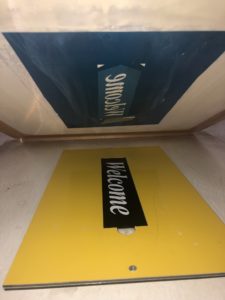
Just the other day I found myself getting out a well-used screen-printing kit that I have used to print hundreds of small “Welcome” metal tags for a local company that sells metal yard items. In just a few minutes I was knocking out another order of those tags, which we charge $2 each to print, on both sides, which translates to a dollar per image on this simple and often-repeated job.
A little jig with a cutout in it just smaller than the tag allows for each one to be printed, flipped over, and printed on the back, before setting into notches in a piece of two-by-four that serves as a drying rack. Folks, sign shop printing can’t get much more low tech than that, but the double-sided image printed immediately and efficiently onto powder-coated metal. By using the appropriate strong bonding epoxy ink, the print on these tags will last virtually forever, which is something that cannot be said for vinyl letters or digital printing.
Project #2
The second simple project, which was again most practical and profitable as screen printed work, was a group of about 80 arrow signs that were being installed as some sort of wayfinding system in a large industrial facility nearby. These .063 white aluminum arrow signs were also double-sided, but with the right setup could be done on both sides without stopping, set into more two-by-four scraps, with saw blade grooves in them.
Since the signs were double-sided and would be wet on the back and front, the depth of the slots in the boards needed to be shallow enough the print on the backside would not touch the wood itself. This was easy, and using a table saw to score two boards correctly, our simple “drying racks” were produced in about 15 minutes.
Another jig for double-sided printing was made, using scraps of aluminum laminate (blue), and a piece of .040 aluminum (caution yellow). Actually, two thicknesses of laminate were used, and the recessed cutout was .20″ smaller all the way around than the signs to be printed, forming a lip the wet signs would rest on to allow printing the backside as we went.
This basic setup worked perfectly, and the 80 or so signs were printed double-sided, and then set into the drying boards without a single flaw. We use air dry enamel ink for printing on metal blanks, Nazdar 59000 Series ink, and it needs to cure a couple of days to get fairly hard and ready to package up. But the screen-printed image will last for many years, providing a product with a lifetime that is hard to impossible to improve on.
Learn more about sign shop screen printing in the December issue of GRAPHICS PRO.
